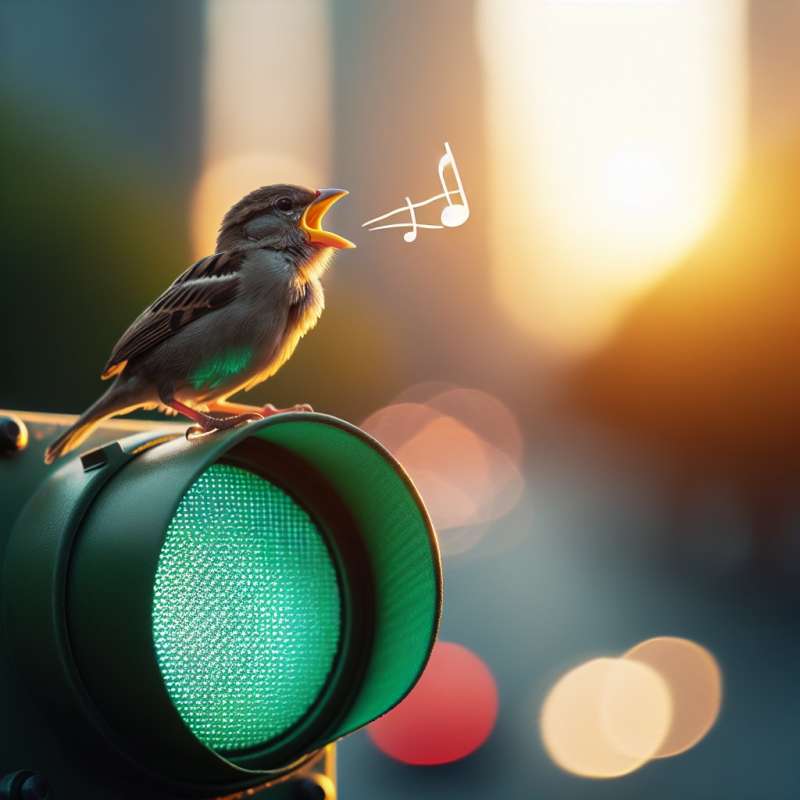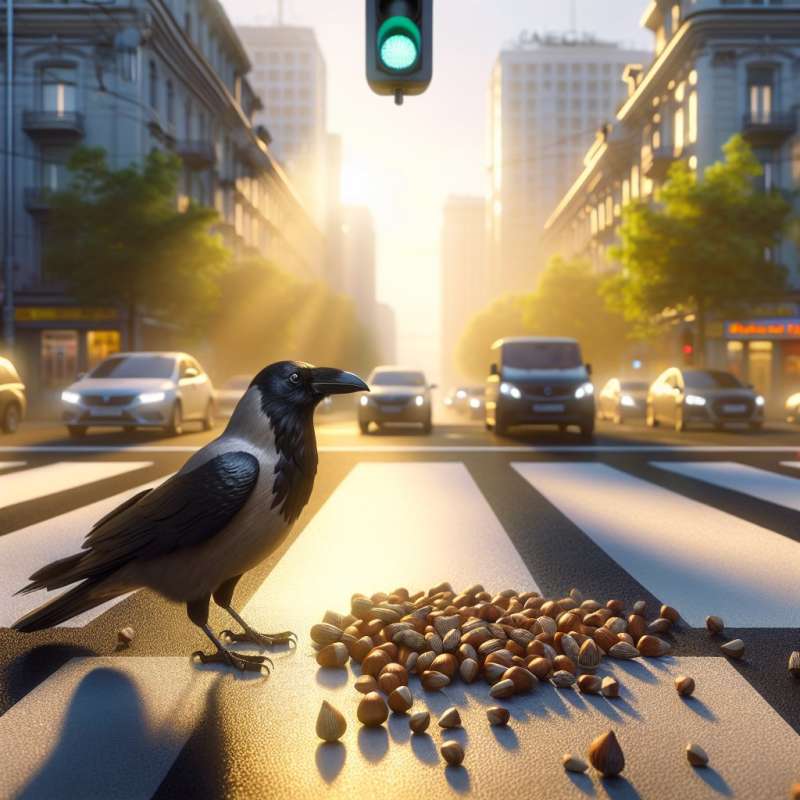
City Life: Animal Adaptations
Urban wildlife has evolved unique adaptations to thrive in cities. Birds, for example, sing at higher pitches to be heard over the din of urban noise, a phenomenon not observed in their rural counterparts.
Nocturnal Shift for Survival
Some animals have shifted to nocturnal behavior to avoid human interaction and capitalize on quieter nights. Foxes and raccoons, once diurnal, now forage at night, demonstrating remarkable behavioral flexibility.
Green Spaces: Biodiversity Havens
Urban green spaces, such as parks and gardens, can harbor surprising biodiversity. These areas provide microhabitats and corridors for wildlife, facilitating species richness comparable to some rural areas.
Building Nests on Buildings
Birds such as peregrine falcons have adapted to skyscrapers, which mimic their natural cliff-side nesting sites. Urban environments thus inadvertently create new niches for adaptable species.
Dietary Adaptation: Urban Foragers
Urban wildlife often exhibits broadened diets due to the variety of human foods available. Crows, for instance, have been observed using traffic to crack nuts, showcasing their innovative foraging techniques.
Pollution Tolerance in Animals
Some urban-dwelling species have developed a tolerance to pollutants. Certain weeds and insects can now thrive in contaminated soils and air, pointing to rapid evolutionary changes.
Wildlife Aiding Urban Living
Interestingly, urban wildlife can benefit city ecosystems. Birds and bats control insect populations, while bees and other pollinators support urban agriculture, highlighting a symbiotic relationship.
How do urban birds' songs differ?
Lower pitches in cities
Higher pitches over noise
Same as rural birds
Company